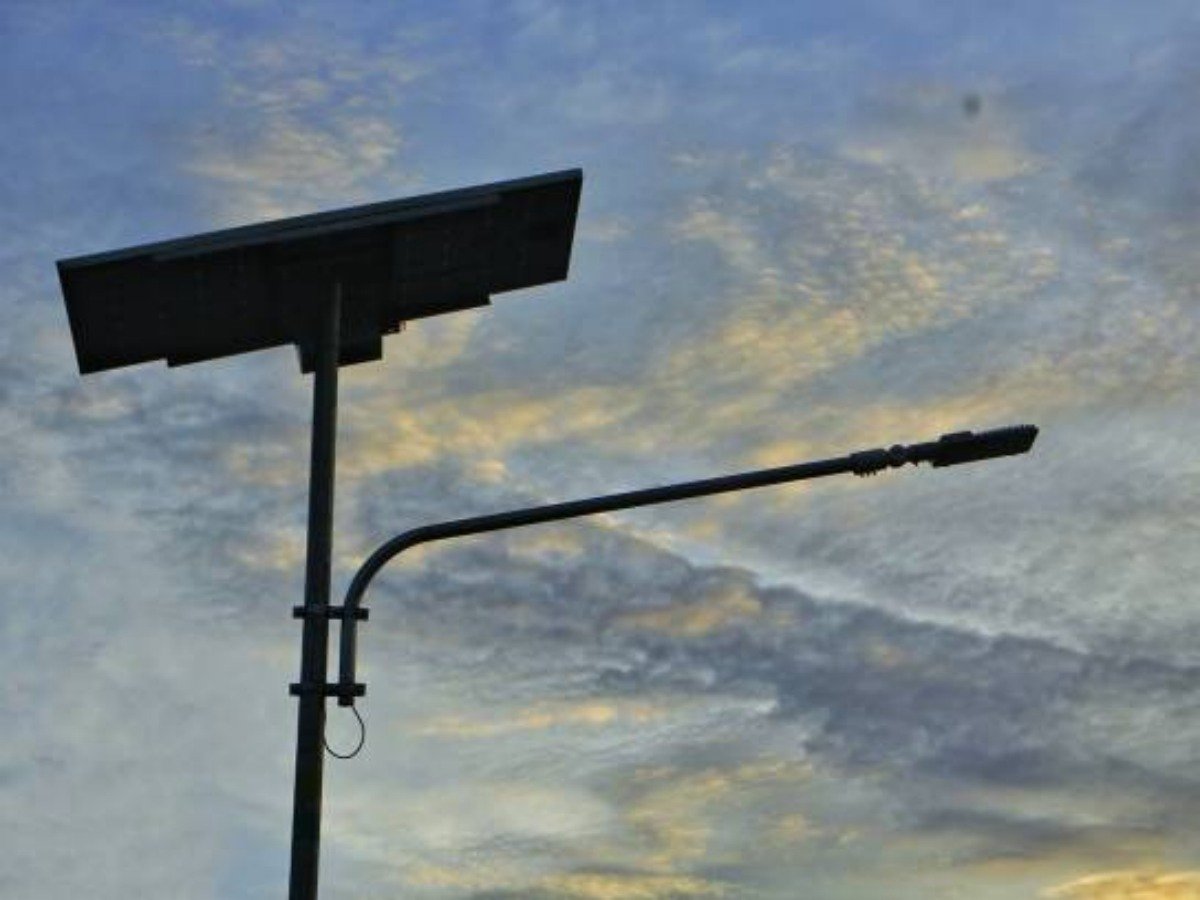What Are waterproof wire connectors?
Waterproof wire connectors are essential electrical components that provide a secure and reliable connection between wires, while also protecting them from moisture, water, dust, and other environmental factors. These connectors are designed to prevent electrical failures and ensure the safety and longevity of electrical systems in various applications. In this article, we will explore the advantages, types, installation process, and important considerations when using waterproof wire connectors.
Advantages of Waterproof Wire Connectors
Using waterproof wire connectors offers numerous benefits, making them a popular choice in various industries and applications:
1. Protection Against Moisture
Moisture is one of the leading causes of electrical failures. Waterproof wire connectors provide an effective barrier against moisture, preventing corrosion and damage to the wires. This is particularly crucial in outdoor or wet environments, such as garden lighting, marine applications, or underground wiring.
2. Enhanced Safety
Waterproof wire connectors not only protect the wires but also reduce the risk of electrical shocks and short circuits. By keeping the electrical connections secure and insulated, these connectors minimize the chances of accidents and improve overall safety.
3. Durability and Longevity
Thanks to their robust construction and high-quality materials, waterproof wire connectors are highly durable and can withstand harsh environmental conditions. They are designed to resist UV rays, extreme temperatures, and chemicals, ensuring long-lasting performance and reliability.
4. Versatility
There is a wide range of waterproof wire connectors available, catering to different wire sizes, voltage ratings, and application requirements. This versatility allows them to be used in various industries, including automotive, aerospace, outdoor lighting, irrigation systems, and more.
Types of Waterproof Wire Connectors
Waterproof wire connectors come in several different types, each with its own unique features and applications:
1. Heat Shrink Connectors
Heat shrink connectors are a popular choice due to their ease of use and effectiveness. These connectors consist of an adhesive-lined tubing that shrinks when heat is applied, creating a tight seal around the wires. They provide excellent insulation and protection against moisture.
2. Gel-Filled Connectors
Gel-filled connectors are filled with a special sealant gel that effectively seals the wires and provides moisture resistance. These connectors are easy to install and are suitable for both indoor and outdoor applications.
3. Crimp Connectors
Crimp connectors are widely used in the electrical industry and provide a reliable connection by crimping the wire ends together. Waterproof crimp connectors have an additional layer of insulation and sealing material to protect against moisture.
4. Twist-On Connectors
Twist-on connectors, also known as wire nuts, are a simple and cost-effective option for connecting wires. Waterproof twist-on connectors have a rubber or silicone sealant that creates a moisture-resistant barrier.
How to Install Waterproof Wire Connectors?
Proper installation of waterproof wire connectors is crucial to ensure their effectiveness. Here are the general steps for installing these connectors:
1. Prepare the Wires
Strip the insulation from the wire ends, ensuring that the bare wire is clean and free from any damage. The length of the exposed wire should be appropriate for the specific connector being used.
2. Select the Right Connector
Choose the appropriate type and size of waterproof wire connector based on the wire gauge, voltage rating, and application requirements. Refer to the manufacturer's instructions for guidance.
3. Insert the Wires
Carefully insert the stripped wire ends into the connector, ensuring that each wire is fully inserted. Follow the connector's instructions for the correct positioning and alignment.
4. Secure the Connection
Depending on the type of connector, follow the recommended method to secure the connection. This may involve heat shrinking, crimping, twisting, or using additional tools or techniques.
5. Test the Connection
After the connection is secured, perform a thorough test to ensure that the electrical connection is stable and the waterproof seal is intact. Use appropriate testing equipment and follow safety precautions.
Important Considerations When Using Waterproof Wire Connectors
When working with waterproof wire connectors, keep the following considerations in mind:
1. Proper Sizing
Ensure that the chosen connector is suitable for the wire gauge and size. Using an improperly sized connector may result in a weak connection or insufficient protection.
2. Compatibility
Check the compatibility of the connector with the specific application and electrical system requirements. Some connectors may be designed for specific voltage ratings or environmental conditions.
3. Installation Environment
Consider the installation environment and potential hazards. If the connectors will be exposed to extreme temperatures, chemicals, or physical stress, choose connectors that are specifically designed for such conditions.
4. Regular Inspection
Periodically inspect the connectors for any signs of damage, wear, or degradation. Replace any connectors that show signs of deterioration to maintain the integrity of the electrical connections.
Conclusion
Waterproof wire connectors are essential components for ensuring secure and reliable electrical connections in various applications. Their ability to protect against moisture and environmental factors enhances safety, durability, and longevity. By understanding the different types, installation process, and important considerations, you can confidently select and install the appropriate waterproof wire connectors for your specific needs.

